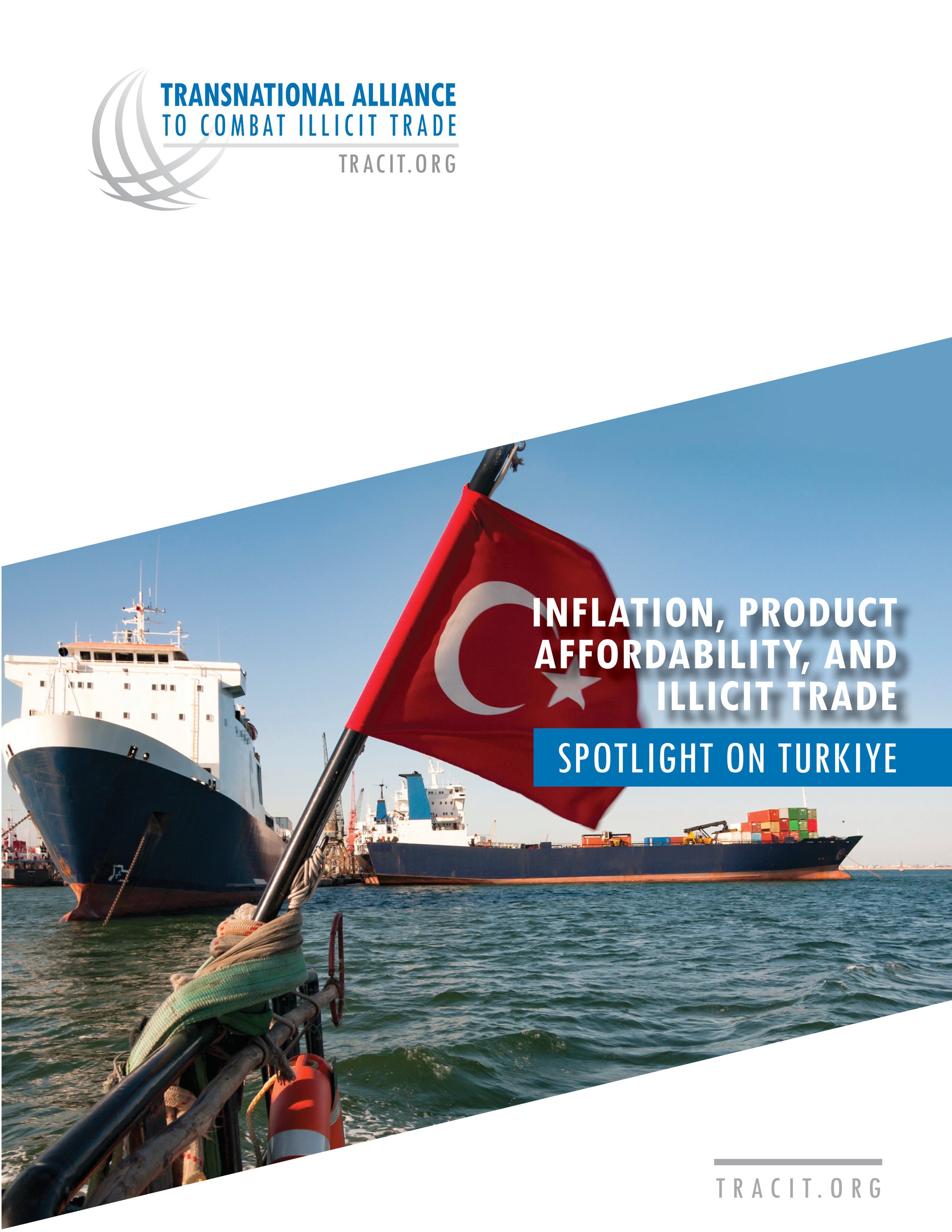By Melanie L. Fillmore and Lane K. Gillespie, et al.
House Concurrent Resolution No. 33 (HCR33) was introduced in the Health and Welfare Committee, and passed by both houses of the Legislature in March 2020. HCR33 recognizes Missing and Murdered Indigenous Persons (MMIP) as a crisis in Idaho, designates May 5th as a day of awareness for MMIP, and supports efforts to further investigate incidence rates, underlying causes, and possible solutions through collaborative efforts. Public testimony in support of the resolution came from a diverse group of stakeholders, including legislative sponsors, the U.S. Attorney for the District of Idaho, tribal legal and justice practitioners, and Indigenous advocates. The following passages serve as a reminder of the central role of Idaho’s tribes, and the opportunities and challenges in addressing MMIP.
Missing Persons • Missing persons cases are dynamic and missing persons data may represent individuals or incidents of missing persons. There are more incidents than individuals, as some individuals go missing more than once. Understanding this distinction is important to understanding the impact of MMIP in terms of people and resources. • Idaho’s average missing persons rate is approximately 10.59 per 100,000 persons. The average rate for Indigenous persons in Idaho is 18.99 per 100,000 persons. • A disproportionate percentage of Idaho’s missing persons are identified as Indigenous, as much as 2.1 times their proportion of the population. • Approximately 63% of Idaho’s Indigenous missing persons have been missing for more than 1 year. • Most of Idaho’s Indigenous missing persons are female (75%), in contrast with Idaho’s non-indigenous missing persons of which 28.8% are female. • Fifty percent of Idaho’s Indigenous missing persons went missing as adults and 50% went missing as juveniles. Among non-indigenous missing persons, 61.5% went missing as adults and 33.5% as juveniles. • On average in Idaho, there are 81.6 Indigneous missing persons entries in NCIC each year; and entries for Indigneous missing persons average 3.39% of annual missing persons entries in the state. • In 2020, NCIC entries for Indigenous persons were 3.38% of total entries in Idaho, compared to 1.76% of total entries nationwide. Homicide • Indigenous persons are disproportionately represented in deaths attributable to assault (3.05 times their proportion of the population). • There is variation across homicide data sources in counting potential Indigenous murder victims. • Homicide cases involving Indigenous persons occur in tribal jurisdictions and non-tribal jurisdictions
Submitted to the Idaho Legislature, September 30, 2021.2021. 59p.





















